Who will you be thinking of Memorial Day? Henderson County WWII veterans share their tales
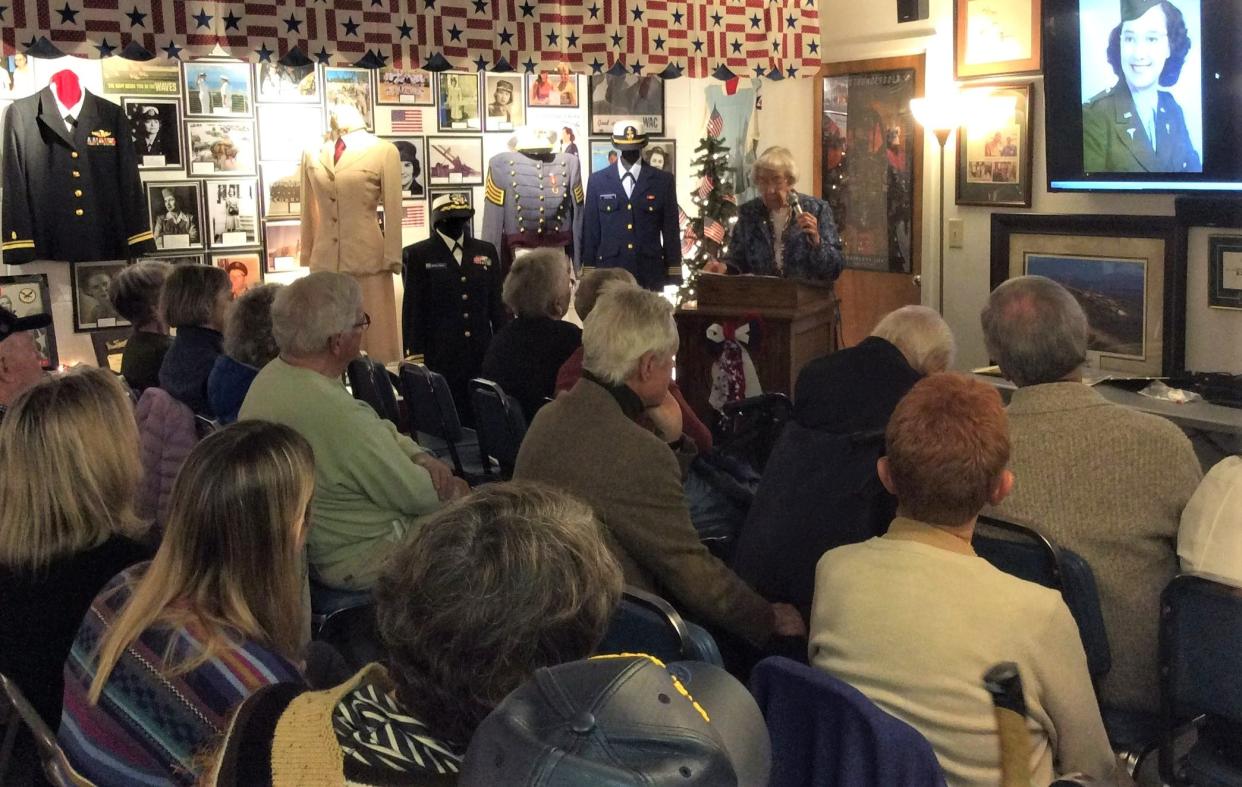
When I tell my World War II veteran friends they are my heroes, they often reply, “The real heroes are the ones who didn’t come back. I just did what I was supposed to do. We all did.”
At a presentation at the Veterans History Museum of the Carolinas earlier this month, veterans from the area had plenty of war stories to tell. Seven Henderson County WWII veterans tell their stories here. Many remember friends or colleagues lost, or patients who didn’t survive.
George Sarros, U.S. Navy
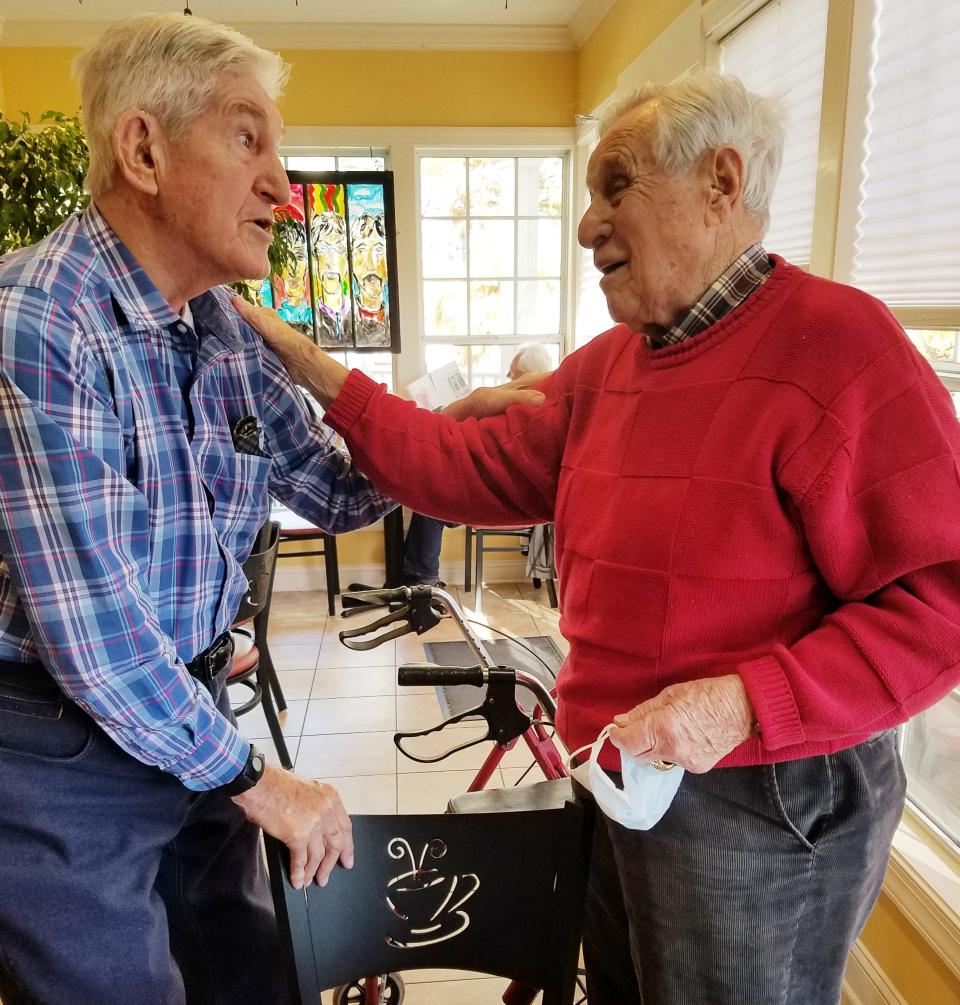
George Sarros, a Flat Rock resident, was a U.S. Navy Motor Machinist on an LST that landed on Normandy Beach on D-Day.
“I remember the hundreds of sailors who died in the English Channel off Slapton Sands during a training exercise on April 28, 1944," he said. "We were practicing for the June 6 invasion. Our flotilla of 15 LSTs was attacked by German E-boats (E stood for enemy).
"Ammunition and cans of gasoline were exploding. Suddenly, we were trying to rescue sailors in the water without life jackets. They were screaming, 'Help me, help me.' We yelled, 'Hang on, mate, we’re gonna pick you up. The small boat’s coming.' We pulled as many as we could out of the water and tried to save them. I will never forget one man we put on the table where we ate. We couldn’t revive him. I took his wallet out of his pocket and saw a picture of his wife. I will never forget it.
"There were so many lost. I had to get a pillowcase to collect all the dog tags. Our ship wasn’t hit. We were lucky. Unfortunately, we could only save about 100 and we lost maybe 1,000 people.”
After June 6, Sarros’ LST made 65 crossings from England to Utah Beach and Omaha Beach. They delivered troops, tanks and ambulances to France, then picked up ambulances carrying wounded American soldiers and paratroops and took them to the hospital in London. After the war, Sarros had a career as a postal carrier. He and his wife Enrica, a nurse, lived in Illinois, Hawaii, Oregon and California before moving to Flat Rock in 2001.
Dorothy Managan, U.S. Army
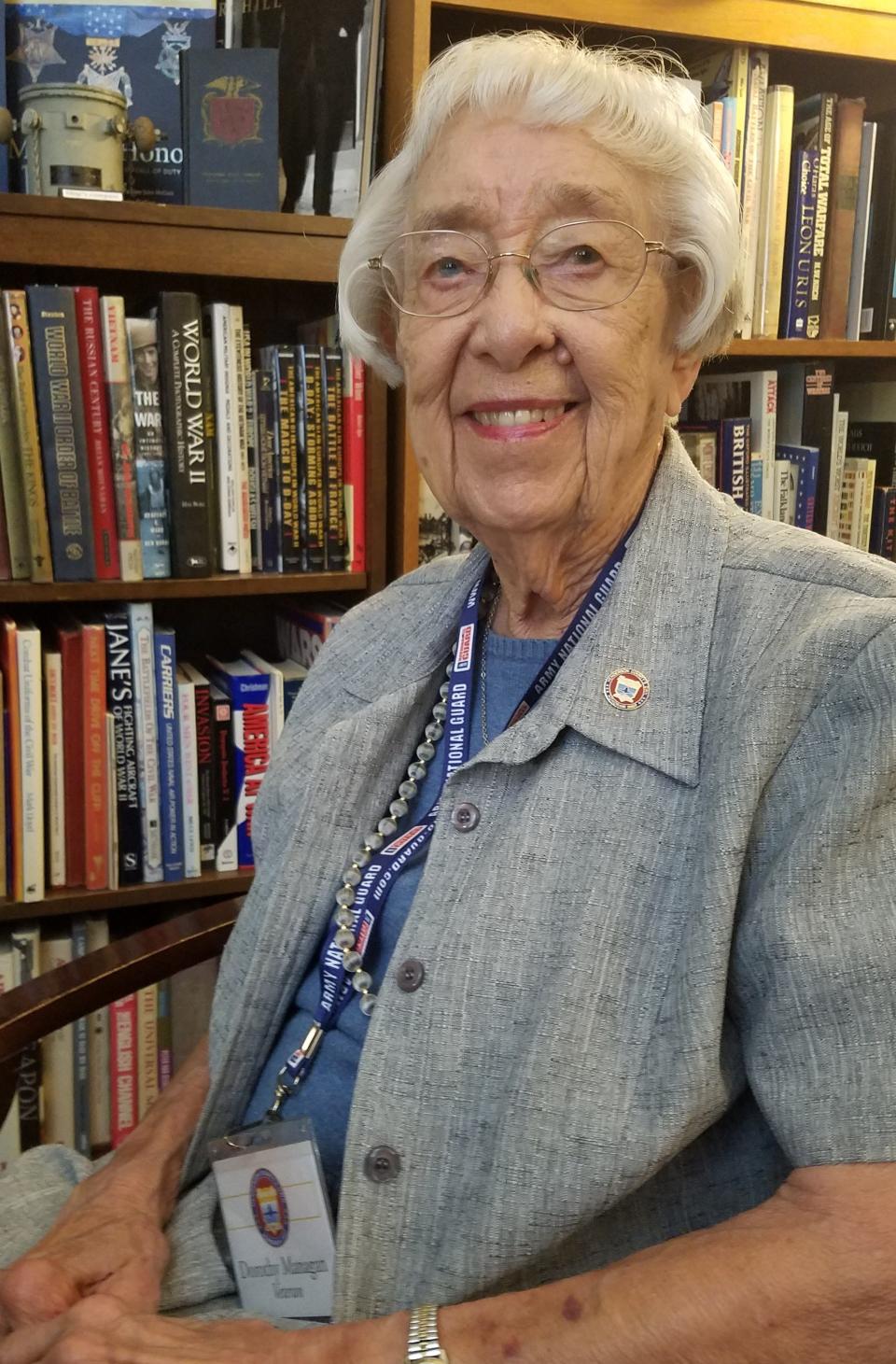
Dorothy Managan was a US Army nurse during World War II and has lived in Hendersonville since 1980.
“I was an Army nurse at Fort Lewis, Washington," she said. "I remember the many, many American soldiers who had been prisoners of war in the Pacific, when they were brought back after the war ended. They were coming from Corregidor, Bataan, Burma and China. Our hospital received these soldiers who had been tortured. Some had been held in prisons for years. Most were emaciated and weak. Some were amputees, many were malnourished.
“We took care of them until they were stable enough to be transferred to a hospital closer to where their families were in the United States. Not all of them survived.”
Managan had received her nursing degree at Western Reserve University in Cleveland, Ohio, through the government’s Cadet Nursing Corps program.
“I had received orders to go overseas to one of the Pacific islands, but then the A-bomb came, and everything changed," she said. "I was sent to Fort Lewis, Washington and became head of one of the wards and responsible for training other nurses. I have many written memories from those former POWs that they gave me. They were so happy to be back in the United States and what they needed were hugs and a lot of tender loving care.”
When she was discharged in 1946, Managan went back to school using the GI Bill and earned her bachelor's degree. She later earned her master’s degree in Public Health. She married a Navy physicist and they had five children.
James Brush, U.S. Army
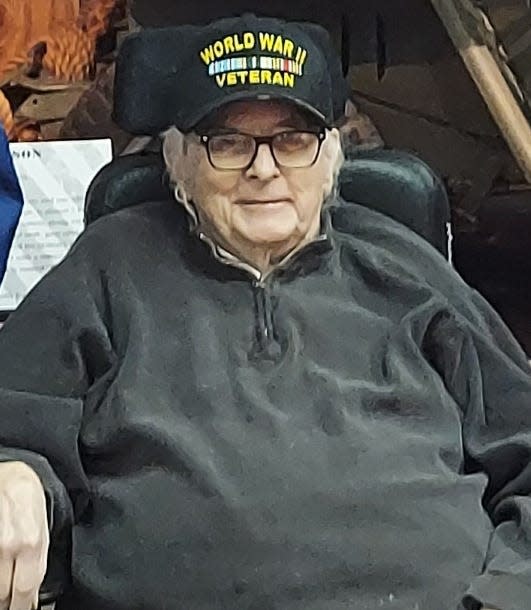
James Brush joined the U.S. Army in 1943. He worked on the Manhattan District Project in Los Alamos to develop the atom bomb which ended the war. He later worked at the Navy Sea Systems Command in Washington, D.C., as an engineer and supervisor.
Brush had completed one semester at Massachusetts Institute of Technology when he was called to active duty in March of 1943. Stationed at Los Alamos, New Mexico, from January 1945 through February 1946, Brush’s assignments included construction of test equipment, firefighting details and guard duty at the Trinity site during the test of the bomb (in the event of fallout dangers to nearby sheep ranchers).
During the night, in preparation for detonation of the bomb, he was instructed to lie down and shield his eyes. Early the next day, he was aware of a blinding light followed shortly by a thunderous roar. They were without protection because they were a few miles away in the desert. When he was interviewed by his stepdaughter for a college paper, she asked him, “What did it feel like to be 18, an only son, and the whole world was at war?”
He responded that he saw it as his patriotic duty to sign up with the Army and go into active service for his country, without a second thought. His wife, Evie, added, “God spared him. He is now in his mid-90s and in a wheelchair, but in good health.” He has 10 grandchildren and three great-grandchildren and lives in Mills River.
Crawford Shearer, U.S. Army
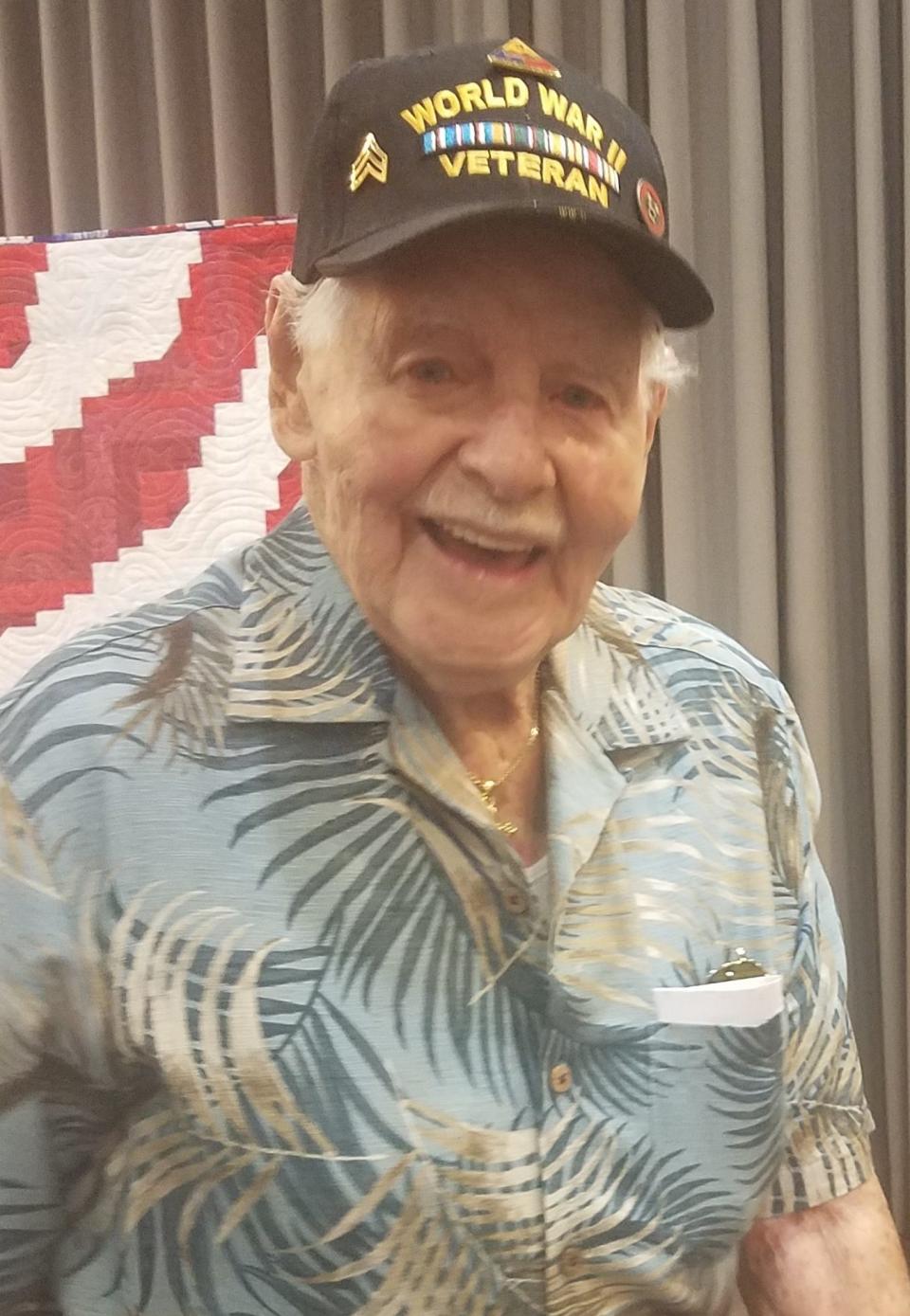
Crawford Shearer was driving a truck for the U.S. Army when the Battle of the Bulge began.
“Dec.16, 1944 was when they hit us. We lost half of our outfit in three days — either killed or captured," he said. "After that it was just retreat, retreat, retreat. We had no other alternative. Our gun companies had been overrun by the Germans.”
Shearer served with the Golden Lions on the German-Belgium border, assigned to the 820th Tank Destroyer Battalion, 106th Division.
“We ended up in a small town in Belgium called Esneux, on the Orne River. The Germans were trying to bomb Antwerp and Liege, and we were right in their path. But they ran out of gas and never got that far, so we were all right.
“The people of Esneux took us into their homes — two or three of us to a bed. We were cold... we’d been sleeping outside in the snow and cold. We were wet and hungry. They didn’t have heat, but it was wonderful to get inside. It was nice; it was like family. Three of us stayed with a family named Laval — a mother, father and two teenage daughters. They had been under German rule for five years. They were very poor and didn’t have a lot to eat. We would bring them food from our mess hall. They spoke some English. At night, we’d sit with them. They would teach us French, and we would teach them English.
“We waited there to get new equipment and personnel. In about a month, we got M-18s. There’s nothing like a tank. Then finally the Air Force came, and the sky was almost back with our planes — hundreds of fighter planes and bombers. They were knocking the Nazi tanks out. They were having a field day. We joined Patton’s Third Army Division and started southeast through Germany. On May 8, 1945, we met the Russians in Czechoslovakia. That was the end of the war.”
After the war, Shearer returned to his family’s bakery business in Detroit. Shearer said, “I was lucky. I had no injuries at all. Back then was a time of patriotism when you wanted to go in and do your job and do your duty.”
Shearer and his wife, Nancy, live in Hendersonville and in Florida.
Myrl Jean Hughes, U.S. Army
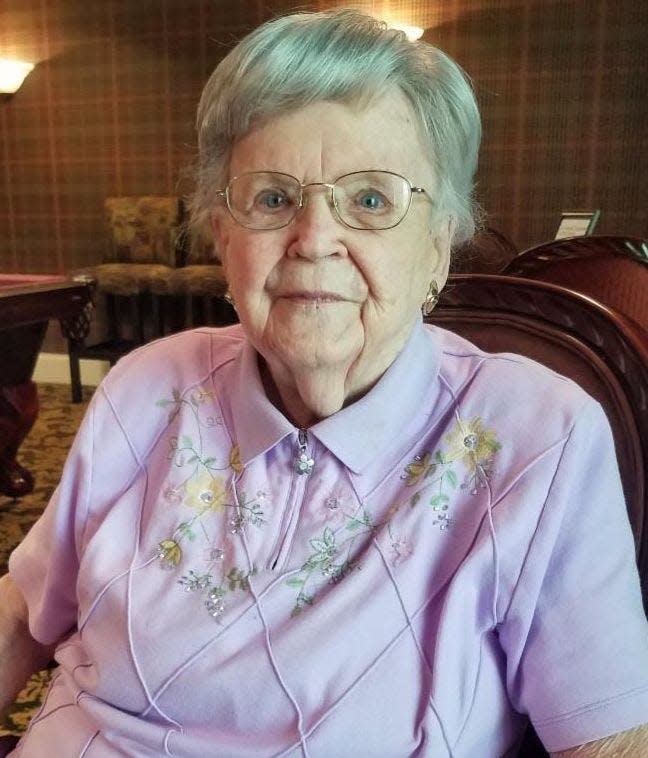
Hendersonville resident Myrl Jean Hughes served in the Pacific as a U.S. Army Physical Therapist during WWII. Her complete story was documented in the 2006 book Natural Born Heroes: WWII Memories from One North Carolina Neighborhood (2006) by Hendersonville resident Bob Johnson.
Here is an excerpt (used by permission):
“Myrl Jean had been treating illnesses and injuries in the South Pacific since her arrival in New Guinea in June 1944. However, with the invasion of Leyte in The Philippines on Oct. 20, 1944, the hospital got its first rush of casualties in early November. MacArthur waded ashore in Leyte on Oct. 25, and the island was finally secure by Christmas Day.
“Hughes, as a physical therapist, took care of orthopedic and leg amputee cases. The hospital did not supply prosthetics. She also took care of routine cases such as torn ligaments and back injuries.”
Of her time in the Pacific, Hughes said, "I can remember being at a USO show. It opened with the raising of the flag. It suddenly dawned on me — I was moved to tears when I realized that I had not seen the American flag for months. I can remember just sitting there practically bawling, seeing the flag raised and saying the Pledge of Allegiance. I realized the flag meant more to me than I thought it did.”
After the war, Hughes received a B.A. in Christian Education from Macalester College in St. Paul, Minnesota, and a Master of Arts from Columbia University in New York. She had a 40-year career in Christian Education for Presbyterian Churches and moved to Hendersonville in 1994.
Rufus “Pooch” Pace, U.S. Army Air Corps
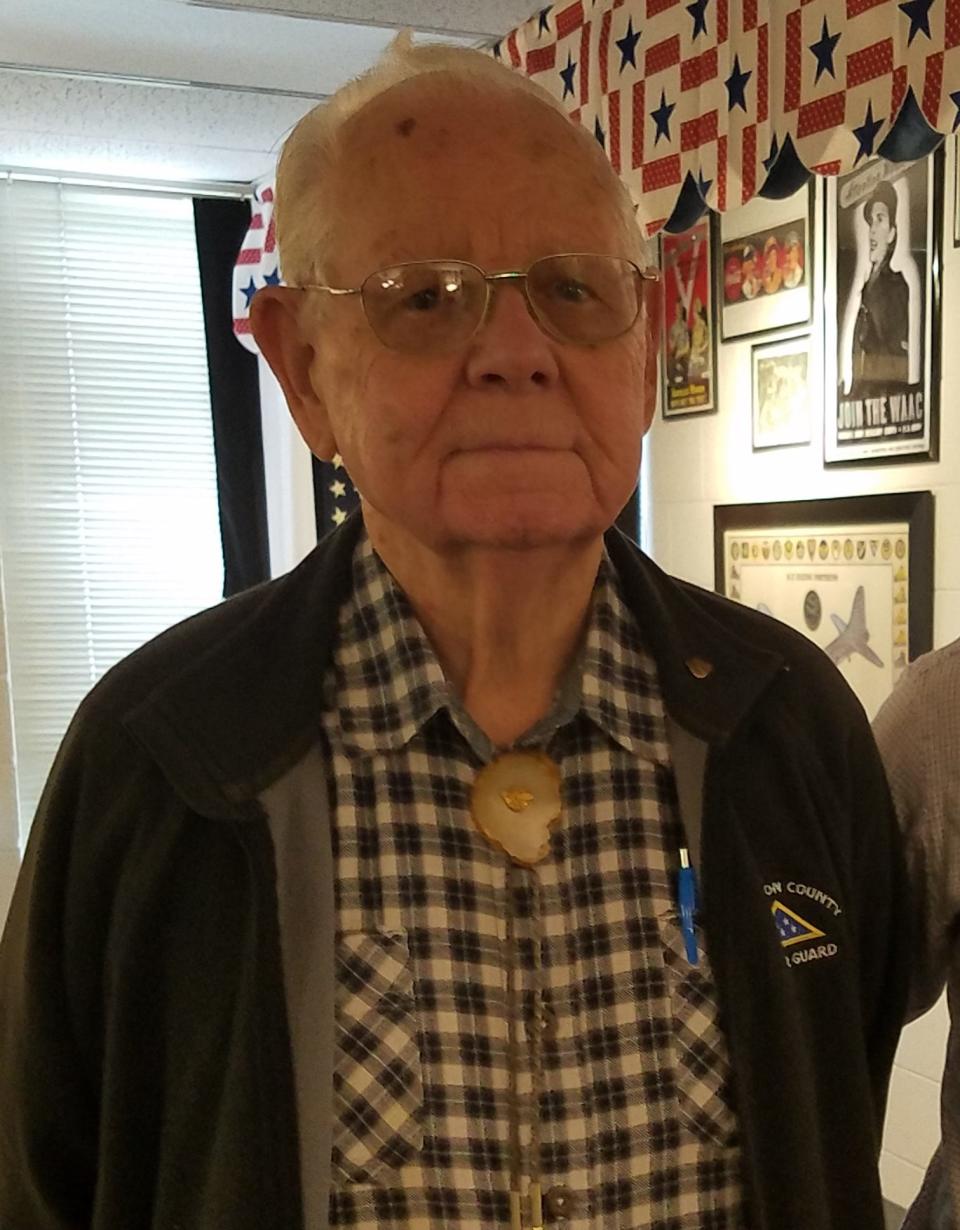
“Pooch” Pace was 4 years old during the Great Depression in 1931. His family was living on Greenville Highway, U.S. 25 South, in Hendersonville.
Pooch recalls, “A lot of people were moving, trying to find work. Many families stopped (at our house) and asked if we had anything they could eat. A lot of the children would be crying because they were so hungry. Our mother would always help as she could. It was a very hard time for everyone.
“I enlisted in the Army at the end of World War II and served in Occupied Japan as a Control Tower Operator at Kizaru Air Base. I saw some of my friends crash and not survive, but it was from mechanical failures. My best friend, a P-51 Mustang pilot, crashed and didn’t survive. I was in the tower at the time waiting for him. We had planned to go out together that afternoon. I got on the crash truck and went out to the crash. He was from Texas and wore cowboy boots. One of his boots had his kneecap in it. I had other friends get shot down over Czechoslovakia and Germany. I was fortunate that I got in radio school when I did.”
After his discharge in 1947, Pace went to work for his father, who owned a heating and air conditioning business in Hendersonville. He and his wife, Jean, have now been married for 66 years.
Ed Cottrell, U.S. Army Air Corps, U.S. Air Force
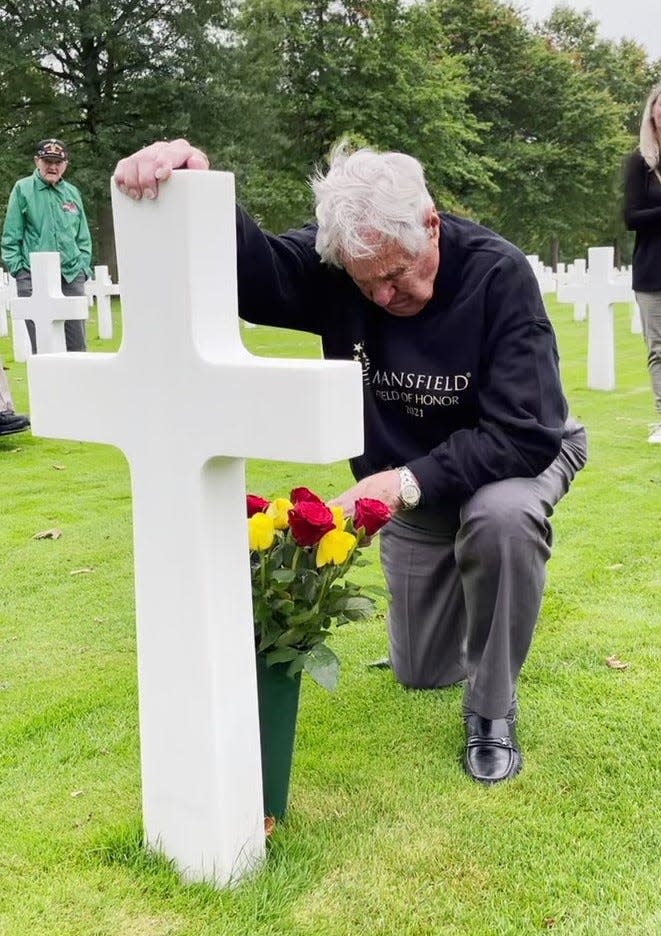
WWII P-47 Fighter Pilot Ed Cottrell flew 65 missions in the Battle of the Bulge. Cottrell says he thinks about his best friend and roommate, 2nd Lt. Ted Smith, who was shot down in Belgium. In 2021, Cottrell visited his friend’s grave in Holland — 77 years after Smith’s death. His visit to the grave was posted on YouTube: WWII veteran visits friend's grave in Holland.
Cottrell also remembers and honors his father, Dr. Elmer Cottrell, who served in the U.S. Army in World War I, and his father-in-law, Dr. Paul Weed, who was wounded and received two Purple Hearts serving in the U.S. Army in World War I. Cottrell remembers another battle in which he survived but another friend did not.
“On Dec. 17, 1944, we were on a mission to locate some (German) tiger tanks which were just east of Cologne in a wooded area, on their way to Bastogne," he said. "We found out the Germans had broken through, and the Battle of the Bulge was taking place. On our pullout, I noticed an ME (Messerschmitt)-109 coming down at 1 o’clock toward my squadron commander. I called to him that there was a bandit at 1 o’clock. The next thing I knew I felt this big blast and a 20mm cannon apparently hit my plane.
"All of a sudden, there was oil all over the windshield and I couldn’t see anything.
I opened the canopy, got on the radio to my commander and said I’d been hit and was heading west and going to fly the plane as far as I could. The plane sort of kicked out but it chugged along at about 120 mph with oil flying out all over my windshield. I looked out on one side and there was a German 109. I looked out on the other side and there was another 109. They crisscrossed behind me and I thought I was going to be shot down. But they came up and pulled in right next to me. They flew with me back to the bomb line where they used their thumbs and first fingers to make a little circle and peeled off. That was the signal they were leaving me, ‘Good luck and God bless’ without shooting me down.
“Just as my plane was ready to touch down at the airfield, the engine froze over. I had to make a dead-stick landing and rolled to a stop. When I got out of that plane, I kissed the ground because I was a very fortunate person. I could’ve been shot down. The engine could’ve quit. A lot of things could’ve happened. But I came out the best anyone could have in that situation. I lost one of my roommates that day, 2nd Lt. Art Sommers. I didn’t see him go down, but he didn’t come back from the mission. We found out later that they found his plane and he had been killed.”
After the war, Cottrell continued his military career in the Reserves by recruiting cadets for the new Air Force Academy. Later at West Chester State College in Pennsylvania, he taught classes and coached tennis, football, baseball and golf. Eventually he taught in the graduate school and became the Associate Dean. Cottrell then had a third career in professional golf. After retiring in Pinehurst, Ed and his late wife, Millie, moved to Hendersonville in 2014. Cottrell turned 100 years old last Jan. 17.
* * *
These brave women and men who sacrificed so much for our freedom are always quick to remember those who aren’t here now to tell their stories. Who will you be thinking of on Memorial Day?
Janis Allen is the Director of Communications for the Veterans History Museum of the Carolinas. Thirty additional area WWII veterans' stories are in her book "We Shall Come Home Victorious: Stories of WWII Veterans In Their Own Words." The book is an honor project for the Museum and is on sale in the Museum's gift shop in Brevard for $20. All proceeds go to the Museum, located at 21 E. Main St. in Brevard. Allen can be reached at janisallen@janisallen.com.
This article originally appeared on Hendersonville Times-News: Henderson County WWII veterans share their tales on Memorial Day

